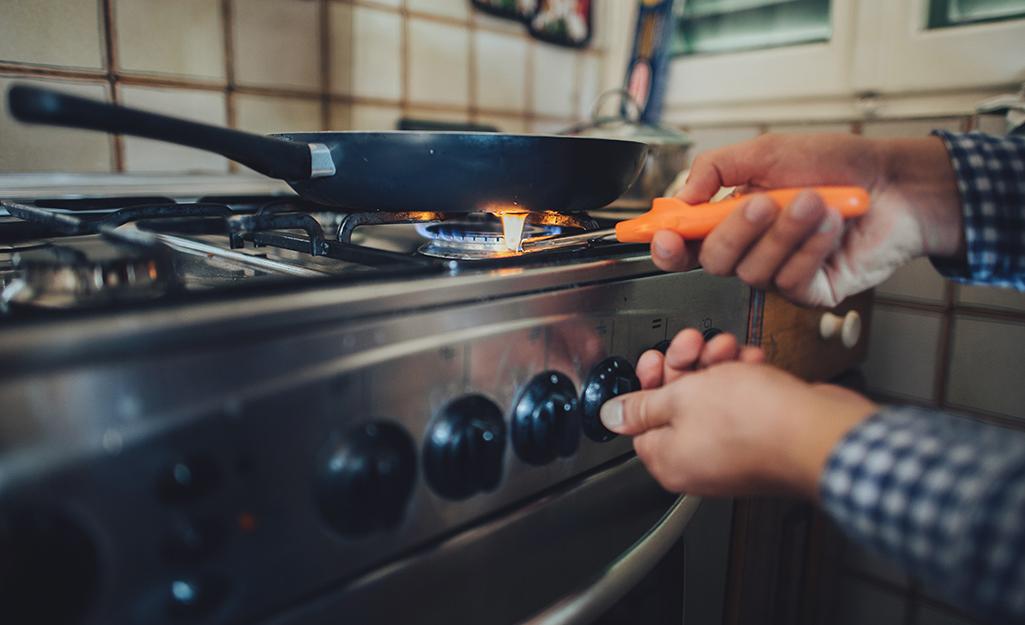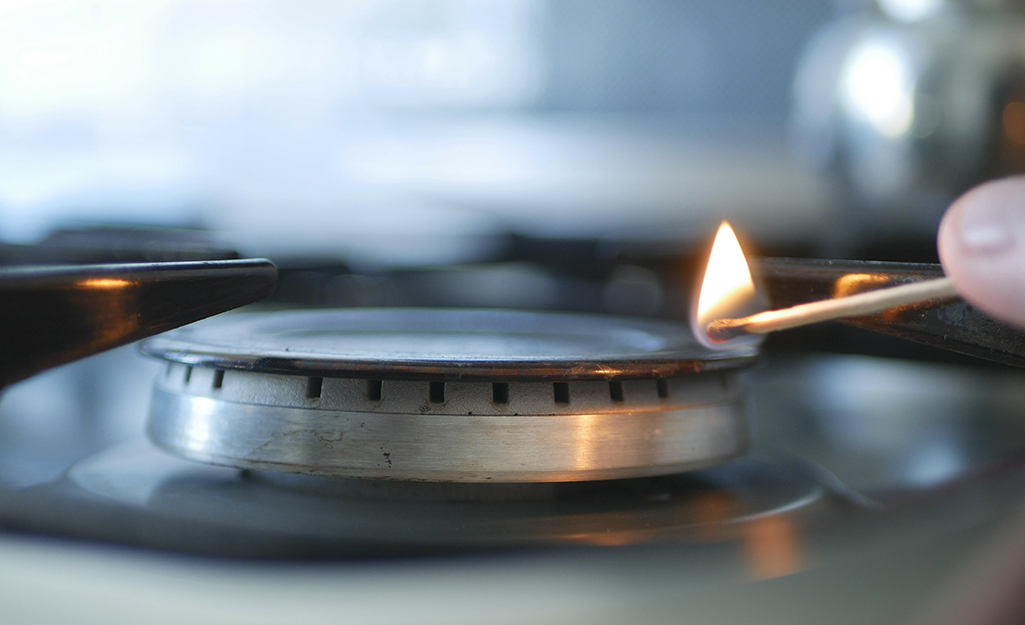How to Light a Gas Stove: A Comprehensive Guide
I. Introduction to Lighting a Gas Stove

A. Understanding the Basics of Gas Stove Ignition
Lighting a gas stove involves igniting the gas fuel to produce a flame for cooking. Gas stoves typically use either manual ignition, where a match or lighter is used, or electronic ignition, where a spark is generated electronically to ignite the gas.
B. Importance of Proper Lighting Techniques for Safety and Efficiency
Proper lighting techniques are crucial for the safe and efficient operation of a gas stove. Following the correct procedures ensures the prevention of gas leaks, minimizes the risk of accidents, and maximizes the stove’s performance.
II. Precautions and Safety Measures
A. Checking for Gas Leaks and Ventilation
- Conducting a Gas Leak Test before Lighting
Before lighting the stove, perform a gas leak test to ensure there are no gas leaks. Apply a solution of soapy water to the gas connections and look for any bubbles. If bubbles form, there may be a gas leak, and professional assistance should be sought immediately.
- Ensuring Adequate Ventilation in the Kitchen
Ensure the kitchen has proper ventilation to eliminate any build-up of gas. Open windows or turn on an exhaust fan to allow fresh air to circulate and remove any gas fumes.
B. Keeping Flammable Objects Away from the Stove
- Clearing the Surrounding Area of Flammable Items
Remove any flammable objects, such as paper towels, curtains, or plastic containers, from the stove area. Keeping the surrounding area clear reduces the risk of accidental fires or ignition.
- Preventing Accidental Fires or Ignition
Be cautious when using flammable materials near the stove, such as aerosol sprays or cleaning agents. These substances can be highly flammable and may ignite if exposed to a flame.
III. Laying the Foundation for Lighting
A. Confirming That the Gas Supply Is Turned On
- Checking the Gas Shut-Off Valve Position
Ensure that the gas shut-off valve, usually located near the stove, is in the open position. If the valve is closed, turn it counterclockwise to open the gas supply.
- Verifying That the Gas Supply Is Connected and Operational
Check that the gas supply line is connected securely to the stove and that there are no visible leaks or damage. If you suspect a gas supply issue, consult a professional before proceeding.
B. Positioning the Control Knobs
- Identifying the Control Knobs for the Burners
Locate the control knobs on the stove that correspond to the burners you wish to light. Each burner usually has a separate control knob.
- Ensuring the Knobs Are in the Off Position
Before attempting to ignite the burners, ensure that the control knobs are in the off position. The knobs should be turned fully counterclockwise to the off position.
IV. Lighting Techniques for Different Gas Stove Models
A. Manual Ignition Stoves

- Using a Match or Lighter for Ignition
If you have a manual ignition stove, light a match or use a lighter before turning on the burner. Hold the match or lighter near the burner ports.
- Applying Flame to the Burner and Adjusting the Flame Size
With the match or lighter flame near the burner ports, slowly turn the corresponding control knob to the desired flame size. Adjust the flame size as needed for the cooking requirements.
B. Electronic Ignition Stoves
- Turning the Control Knob to the Ignition Position
For electronic ignition stoves, turn the corresponding control knob to the ignition position. This position is usually marked with a small flame symbol or the word “ignition.”
- Listening for the Clicking Sound and Observing Ignition
Once the control knob is in the ignition position, you should hear a clicking sound. This indicates that the electronic ignition system is generating sparks to ignite the gas. Observe the burner and ensure that it lights up.
V. Troubleshooting and Common Issues
A. Dealing with Burner Ignition Problems
- Checking for Clogs or Blockages in the Burner Ports
If a burner is not igniting, check for clogs or blockages in the burner ports. Use a soft brush or a pin to clear any debris that may be obstructing the gas flow.
- Cleaning and Maintaining the Ignition System
Regularly clean and maintain the ignition system to ensure proper operation. Follow the manufacturer’s instructions for cleaning and servicing the ignition components.
B. Addressing Issues with Continuous Clicking or No Ignition

- Troubleshooting Faulty Ignition Switches or Spark Electrodes
If you experience continuous clicking without ignition or no ignition at all, there may be a problem with the ignition switches or spark electrodes. Consult a professional technician to diagnose and repair the issue.
- Seeking Professional Assistance if Problems Persist
If you encounter persistent ignition problems or have any concerns about your gas stove’s operation, it is advisable to seek professional assistance. Gas appliances should only be serviced by qualified technicians.
VI. Safety Tips and Best Practices
A. Monitoring the Flame for Proper Ignition
- Observing a Steady Blue Flame with No Yellow or Orange Coloration
A properly ignited gas burner should produce a steady blue flame. Watch for any yellow or orange coloration, as this may indicate incomplete combustion and the presence of carbon monoxide.
- Adjusting the Flame Size to Prevent Soot or Excessive Heat
Adjust the flame size to prevent soot buildup on cookware and avoid excessive heat. A well-adjusted flame should provide optimal cooking temperatures without producing unnecessary heat or flame flare-ups.
B. Extinguishing the Flame and Turning Off the Gas Supply

- Turning Off the Burner Knob and Confirming Flame Extinction
To extinguish the flame, turn the control knob of the burner to the off position. Confirm that the flame is completely extinguished before leaving the stove unattended.
- Shutting Off the Gas Supply at the Shut-Off Valve
When the stove is not in use, shut off the gas supply at the shut-off valve. This ensures that no gas is flowing to the stove, reducing the risk of gas leaks.
In conclusion, properly lighting a gas stove ensures both safety and efficiency in the kitchen. Precautions such as checking for gas leaks and maintaining proper ventilation are crucial. Troubleshooting common issues and practicing safety tips contribute to a smooth cooking experience. By following this comprehensive guide, individuals can safely light their gas stoves and enjoy the convenience and reliability they provide in the kitchen.
